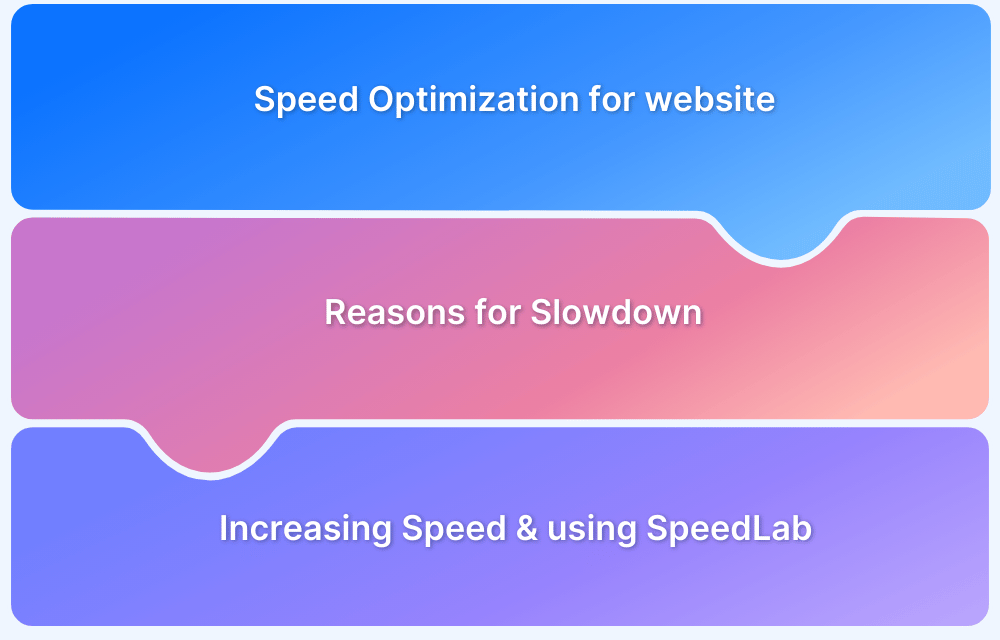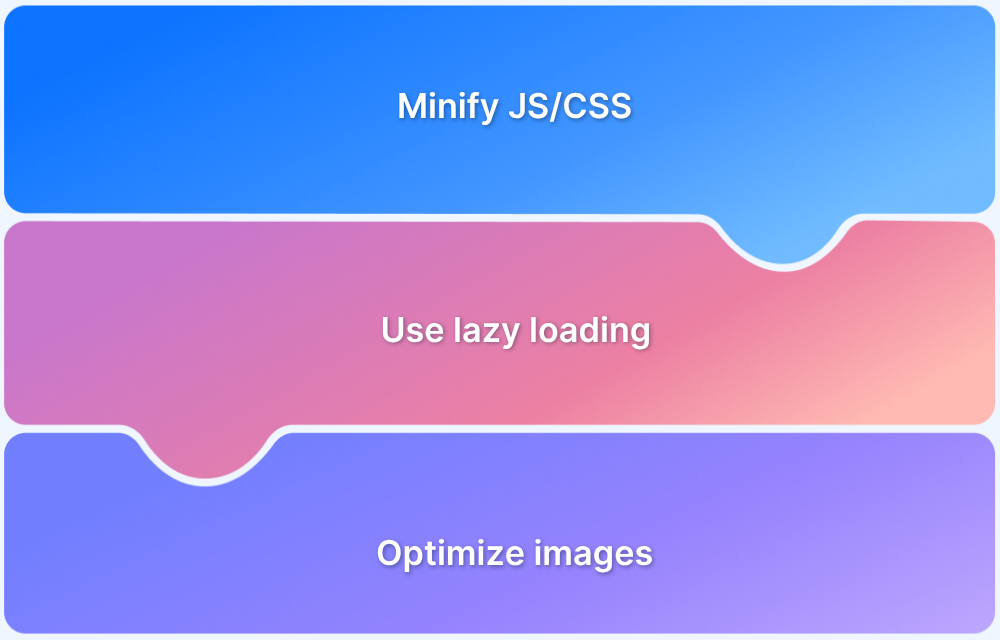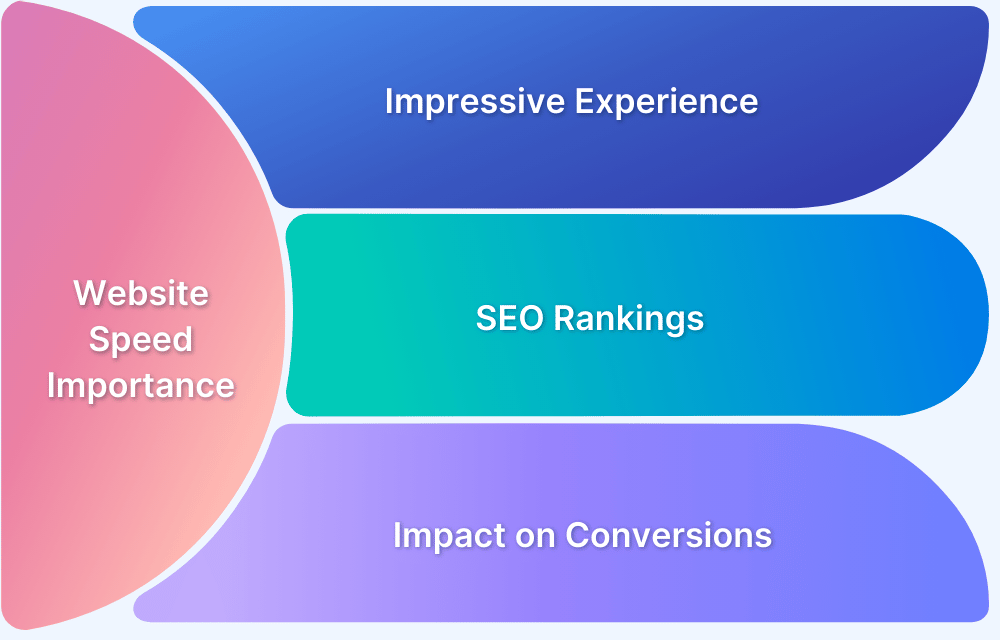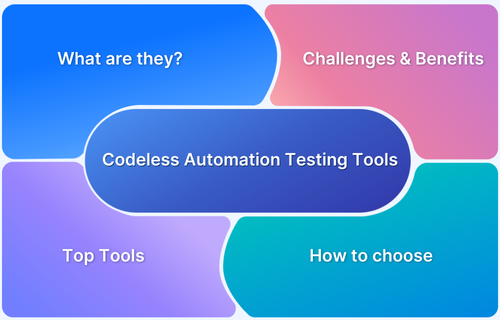Monitoring website performance is crucial for delivering fast, reliable, and seamless user experiences. While Pingdom is a popular choice for monitoring website speed and uptime, several other tools offer unique features and deeper insights to help optimize performance and ensure reliable user experiences.
Overview
Pingdom is a widely used website monitoring tool that tracks uptime, performance, and page speed, helping businesses ensure their websites run smoothly and deliver a reliable user experience.
Top Pingdom Alternatives
- BrowserStack Website Scanner: Provides comprehensive website audits including performance, accessibility, SEO, broken links, responsiveness, and visual testing across real browsers and devices.
- UptimeRobot: Focuses on uptime monitoring and basic performance checks, sending alerts when downtime or performance issues are detected.
- StatusCake: Monitors website speed and uptime globally, offering detailed performance reports and instant notifications for issues.
- HetrixTools: Primarily an uptime monitoring platform with additional tools for blacklists, domain health, and server monitoring.
- WebPageTest: Offers in-depth website performance testing with detailed waterfall charts, multiple locations, browsers, and network conditions.
- New Relic: Full-stack monitoring solution covering website performance, server health, backend processes, and real-user monitoring.
- Uptrends: Provides website and server monitoring from multiple global locations, with performance reports and alerting for downtime.
- Site24x7: Combines uptime, website performance, server health, and real-user monitoring in a single comprehensive platform.
- Dareboost: Analyzes website speed, SEO, accessibility, and security, providing actionable recommendations to improve overall site performance.
- Checkly: Focuses on modern web application monitoring with synthetic checks, API monitoring, and real-time alerts for performance issues.
This article explores the top Pingdom alternatives that can help you monitor website performance, uptime, and overall site health effectively.
What is Pingdom?
Pingdom is a popular website monitoring and performance tool designed to help businesses keep their websites fast, reliable, and accessible. It tracks uptime, monitors page speed, and provides real-time alerts for any performance issues or downtime.
Key features of Pingdom:
- Uptime Monitoring: Continuously checks website availability and notifies you instantly if your site goes down.
- Performance Monitoring: Measures page load times and identifies bottlenecks affecting speed.
- Transaction Monitoring: Simulates user interactions to ensure critical workflows like checkout or form submissions are working.
- Real-User Monitoring (RUM): Collects data from actual visitors to analyze user experience across locations and devices.
- Detailed Reports & Analytics: Provides comprehensive dashboards and historical data to track performance trends.
Pingdom is widely used because it combines ease of use with robust monitoring capabilities, making it a go-to tool for businesses that want to maintain a seamless online presence.
Why look for Pingdom Alternatives?
While Pingdom is a reliable monitoring tool, it has certain limitations that lead businesses to explore alternatives:
- Limited Free Features: The free tier offers basic uptime monitoring, but advanced performance insights require paid plans.
- Less Detailed Performance Analysis: Pingdom focuses on speed and uptime but provides limited in-depth metrics like Core Web Vitals or waterfall charts.
- Fewer Global Testing Locations: Its server locations are limited compared to other tools, which may affect accuracy for international audiences.
- Basic SEO and Accessibility Insights: It doesn’t provide comprehensive SEO, accessibility, or security checks.
- Integration Limitations: Some alternatives offer better integration with CI/CD pipelines, analytics tools, and alerting systems.
Top 10 Pingdom Alternatives
Here are ten powerful Pingdom alternatives that offer advanced website monitoring, performance analysis, and additional features to keep your site fast and reliable.
BrowserStack Website Scanner
BrowserStack Website Scanner is a comprehensive tool that goes beyond simple website speed monitoring. Not a direct Pingdom alternative, as it does not provide continuous uptime or real-time monitoring.
Instead, it offers a comprehensive website audit covering performance, accessibility, SEO, responsiveness, and visual consistency. It identifies broken links, analyzes page speed, checks accessibility compliance, and ensures the site displays correctly across devices and browsers, providing actionable insights to improve overall website health.
Features
- Performance Checker: Analyzes page load times, Core Web Vitals, and overall website speed.
- Broken Link Checker: Detects broken or dead links to ensure smooth navigation.
- Accessibility Checker: Identifies accessibility issues to improve compliance for all users.
- Responsive Checker: Tests your website across multiple devices and screen sizes for proper responsiveness.
- Visual Checker: Compares visual consistency across browsers and devices to catch layout or design issues.
Pros
- Offers a holistic audit covering performance, accessibility, SEO, and visual checks.
- Real-browser testing ensures accurate results across devices.
- Provides actionable insights that developers and teams can implement quickly.
StatusCake
Primarily focuses on uptime and performance monitoring across multiple locations, making it suitable for global website reliability checks. It provides alerting, detailed reports, and page speed testing but does not offer multi-feature audits like BrowserStack.
Features
- Global uptime monitoring
- Page speed tests
- Alert notifications via multiple channels
- SSL monitoring
Pros
- Comprehensive location-based monitoring
- Detailed reporting and historical data
- Easy integration with alert systems
Cons
- Limited accessibility and SEO checks
- Advanced features require paid plans
- Not designed for visual or responsive audits
UptimeRobot
Not a direct Pingdom alternative as it focuses mainly on uptime monitoring rather than full performance audits. It tracks website uptime, downtime, and response times, sending instant alerts when issues occur. It’s ideal for simple, reliable monitoring of server and website availability.
Features
- Uptime monitoring
- Response time tracking
- HTTP(s), ping, and port checks
- Instant alert notifications
Pros
- Easy to set up and use
- Free plan available for basic monitoring
- Reliable uptime alerts
Cons
- Limited performance insights
- No detailed speed or Core Web Vitals analysis
- Minimal reporting for in-depth diagnostics
Read More: How to Increase Website Speed
HetrixTools
Mainly an uptime monitoring platform with added tools for server health, blacklists, and domain monitoring. It helps identify potential server issues and maintain domain reputation but does not provide in-depth performance or user experience audits.
Features
- Uptime monitoring
- Blacklist monitoring
- Server and port checks
- Domain health monitoring
Pros
- Multi-faceted server and domain monitoring
- Alerts for critical issues
- Affordable pricing plans
Cons
- Limited website performance insights
- No Core Web Vitals tracking
- Minimal UI for detailed audits
WebPageTest
Focuses on advanced website performance testing, offering detailed waterfall charts, multiple locations, browsers, and network conditions. It is ideal for technical teams needing deep insights into page load and bottlenecks rather than simple uptime alerts.
Features
- Multi-location and multi-browser testing
- Detailed waterfall charts
- Performance scoring and optimization suggestions
- Video capture of page load
Pros
- Highly detailed performance insights
- Free and open-source
- Supports advanced testing scenarios
Cons
- Complex interface for beginners
- No uptime monitoring
- Limited accessibility or SEO analysis
New Relic
A full-stack monitoring platform that tracks website performance, server health, and application metrics. It provides real-user monitoring and backend insights, offering a comprehensive view of digital performance for developers and operations teams.
Features
- Real-user monitoring
- Server and application monitoring
- Performance analytics and dashboards
- Alerting and anomaly detection
Pros
- Complete monitoring across front-end and back-end
- Detailed analytics for optimization
- Supports enterprise-scale infrastructure
Cons
- Expensive for small businesses
- Steeper learning curve
- Less focused on visual or accessibility audits
Read More: How to test Website Loading Speed
Uptrends
Monitors websites, APIs, and servers from multiple global locations with detailed performance reports and alerts. It provides uptime and speed monitoring but does not fully replace multi-feature audit tools for SEO or accessibility.
Features
- Website uptime monitoring
- Performance tracking
- API and server monitoring
- Multi-location testing
Pros
- Global monitoring for accurate results
- Comprehensive uptime and performance insights
- Flexible alerting options
Cons
- Limited multi-feature auditing
- Paid plans required for advanced features
- No detailed accessibility or SEO reporting
Site24x7
Combines website monitoring, server performance, real-user monitoring, and network health checks. It is a versatile platform for businesses needing both uptime and performance analytics in one tool.
Features
- Uptime and performance monitoring
- Server and network monitoring
- Real-user monitoring
- Detailed dashboards and reporting
Pros
- All-in-one monitoring solution
- Accurate performance and uptime data
- Suitable for complex infrastructure
Cons
- Paid plans needed for full feature access
- Can be overwhelming for small websites
- Limited focus on visual or responsive testing
Dareboost
Analyzes website speed, SEO, accessibility, and security, providing actionable recommendations to improve performance. It’s suitable for businesses looking for a combination of speed and quality insights but does not provide continuous uptime monitoring.
Features
- Performance analysis and speed tests
- SEO and accessibility audits
- Security checks
- Comparative benchmarking
Pros
- Multi-feature audits in one tool
- Clear, actionable recommendations
- Supports competitive benchmarking
Cons
- No continuous uptime monitoring
- Paid plans required for full features
- Limited real-user monitoring
Checkly
Focuses on modern web application monitoring, including synthetic checks and API monitoring. It helps catch performance issues proactively but is not a direct Pingdom alternative for simple uptime tracking.
Features
- Synthetic monitoring for web apps
- API performance monitoring
- Real-time alerts and notifications
- Continuous testing with CI/CD integration
Pros
- Ideal for developer-focused monitoring
- Proactive issue detection
- Integrates with development pipelines
Cons
- Not suited for traditional website uptime monitoring
- Limited SEO and accessibility checks
- Paid plans needed for full functionality
Read More:Key Metrics to Improve Site Speed
What to look for in a Pingdom alternative?
When choosing a Pingdom alternative, it’s important to focus on the features and capabilities that best meet your website monitoring and performance needs. Key factors to consider include
- Uptime and Performance Monitoring: Check if the tool tracks website uptime, server response times, and page load performance effectively.
- Global Testing Locations: Tools with multiple server locations provide more accurate insights for international visitors.
- Alerts and Notifications: Instant alerts via email, SMS, or apps help you react quickly to downtime or performance issues.
- Real-User Monitoring: Collect data from actual users to understand website behavior across devices, browsers, and locations.
- Additional Features: Consider tools that offer SEO checks, accessibility audits, broken link detection, API monitoring, or visual regression testing.
- Ease of Use and Integration: User-friendly dashboards and compatibility with other tools like Slack, Zapier, or CI/CD pipelines can improve workflow efficiency.
- Reporting and Analytics: Detailed reports, historical data, and actionable recommendations help optimize performance over time.
Conclusion
Choosing the right website monitoring and performance tool is essential to keep your site fast, reliable, and accessible to users worldwide. While Pingdom is a popular choice, its limitations in global testing, multi-feature audits, and accessibility insights make exploring alternatives worthwhile.
Tools like UptimeRobot, WebPageTest, and Dareboost offer specialized monitoring, but for a comprehensive solution, BrowserStack Website Scanner stands out. It combines performance checks, broken link detection, accessibility audits, responsiveness tests, and visual consistency monitoring, giving teams actionable insights to improve overall website health and user experience.
With BrowserStack Website Scanner, you get a holistic view of your website’s performance in one platform, making it an excellent choice for businesses that want more than just uptime monitoring.









